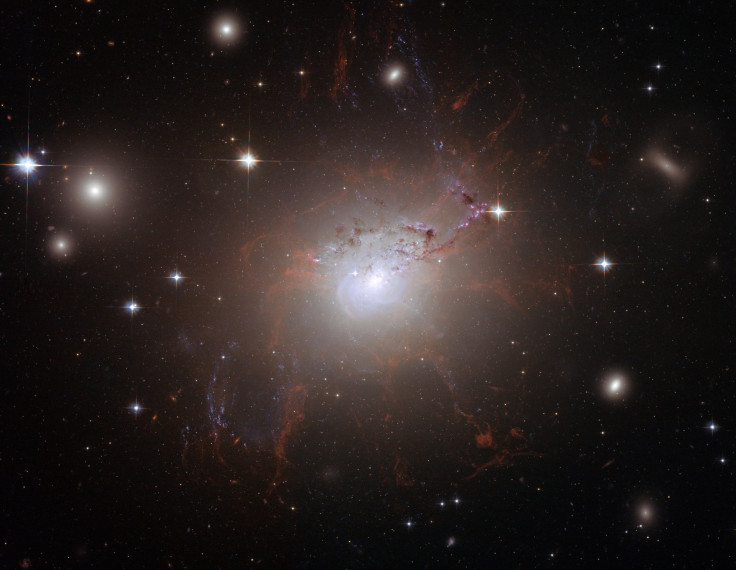Astronomy News: Scientists Discover Young Mammoth Galaxy Cluster 12 Billion Lightyears Away

Scientists have sighted a young mammoth cluster of galaxies 12 billion light years away, the Astrophysical Journal reported Wednesday. The proto-galaxies are some of the largest structures known at that distance and were discovered using telescopes at the Kitt Peak National Observatory in Arizona and at the W. M. Keck Observatory on Mauna Kea, Hawaii.
“Many of the faint galaxies in this patch lie at the same distance,” said Dr. Arjun Dey of the National Optical Astronomy Observatory, one of the authors of the report. “They are clumped together due to gravity and the evidence suggests that the cluster is in the process of forming.”
The galaxy will likely continue to grow and could become as big as the Coma cluster, according to one of the group’s lead researchers, astrophysicist Kyoung-Soo Lee. The Coma cluster is approximately 330 million light years from our own, and its main cluster has a diameter of about 25 million light years.
News of the recently discovered galaxy cluster came as a study published in Nature revealed how black holes have been able to curb the formation of galaxies. Low-energy supermassive black holes in a class known as red geysers may be suppressing star formation by creating strong intergalactic winds, the report said.
“Stars form from the gas, a bit like the drops of rain condense from the water vapor. And in both cases one needs the gas to cool down, for condensation to occur. But we could not understand what was preventing this cooling from happening in many galaxies,” co-author Michele Cappellari from the department of physics at Oxford University, said in a statement. “But when we modeled the motion of the gas in the red geysers, we found that the gas was being pushed away from the galaxy center, and escaping the galaxy gravitational pull.”
© Copyright IBTimes 2025. All rights reserved.






















